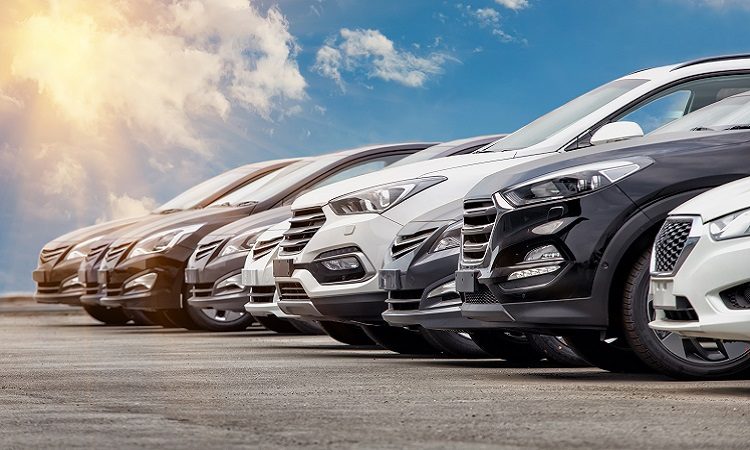PPF (Paint Protection Film) Vs. Ceramic Coating
PPF (Paint Protection Film) Vs. Ceramic Coating

Among the two most popular options, you can easily make your choice between PPF and ceramic coating. However, you need to be aware of the differences between these to make an informed choice. Just like a car insurance policy protects your vehicle, this is a protection feature of your car.
What is PPF?
This is a tinted, flexible, and transparent protective coating that remains applied on the outer body of the vehicle. It is generally prepared from thermoplastic urethane, ideal because of its self-healing qualities. It protects the vehicle from chipping, minor scratches, colour fading and other minor natural wear and tear, keeping it new for a long time.
With proper maintenance, PPF may last for 7-10 years. They are practically not visible and never affect the overall look of your car’s exterior. You must remember that PPF coatings are also available in several types of finishes.
What is a ceramic coating?
This is a strongly water-resistant liquid polymer ceramic coating that is hardened and cured so that a transparent protective layer is formed on the car's exterior. It provides a glossy and smooth finish, a common feature that most car owners desire. Just like a car insurance policy , the ceramic coating protects the vehicle.
It effectively repels mud, dust and other factors that prove to be harmful to the car’s paint, along with UV protection. It is user-friendly.
Differences between PPF and ceramic coating: a brief overview
A comparative tabular analysis of PPF vs ceramic coating will highlight the chief aspects better:
| CATEGORIES | PAINT PROTECTION FILM | CERAMIC COATING |
| Thickness | Comparatively thicker than ceramic coating | Comparatively thinner |
| Self-healing qualities | Present | Present only in the newer variants |
| Water-resistance | Usually no | Strongly |
| Maintenance | Automated car wash can be done but is vulnerable to mishandling and improper maintenance and washing | Not compatible with automated car wash; self-cleaning and drying are easy |
| Independent application | Possible both at home and professional centres | Only professional application is possible |
| UV Protection | Reduced UV protection as compared to ceramic coating | Present |
| External Protection | Offers efficient protection against abrasions, scratches, debris, etc. | Ideal for water resistance, and also effectively protects against environmental contaminants |
| Lifespan | 7-10 years | 2-5 years |
| Cost | Expensive | Comparatively affordable |
| Car insurance coverage | Not relevant | Not relevant |
Conclusion
While choosing the type of external protection, you must consider the size of the vehicle, the protection variant essential, your budget, etc. It might affect the overall price of the vehicle which in turn can raise the comprehensive insurance cost of the car. Depending on the circumstances, the type of coating may even improve the prospects of IDV in car insurance.
Disclaimer: The above information is for illustrative purposes only. For more details, please refer to the policy wordings and prospectus before concluding the sales.
RELATED ARTICLES
Car Paint Protection Film (PPF): Importance, Types and Advantages
What Is the Credit Score and How Does It Impact Car Insurance?
Know Everything About Cruise Control Systems in A Car
A Guide to Dealing with Car Breakdown
Understanding Turbo Chargers in Cars










 Health Insurance
Health Insurance  Travel Insurance
Travel Insurance  Car Insurance
Car Insurance  Cyber Insurance
Cyber Insurance  Critical Illness Insurance
Critical Illness Insurance
 Pet Insurance
Pet Insurance
 Bike/Two Wheeler Insurance
Bike/Two Wheeler Insurance  Home Insurance
Home Insurance  Third Party Vehicle Ins.
Third Party Vehicle Ins.  Tractor Insurance
Tractor Insurance  Goods Carrying Vehicle Ins.
Goods Carrying Vehicle Ins.  Passenger Carrying Vehicle Ins.
Passenger Carrying Vehicle Ins.  Compulsory Personal Accident Insurance
Compulsory Personal Accident Insurance  Travel Insurance
Travel Insurance  Rural
Rural 











